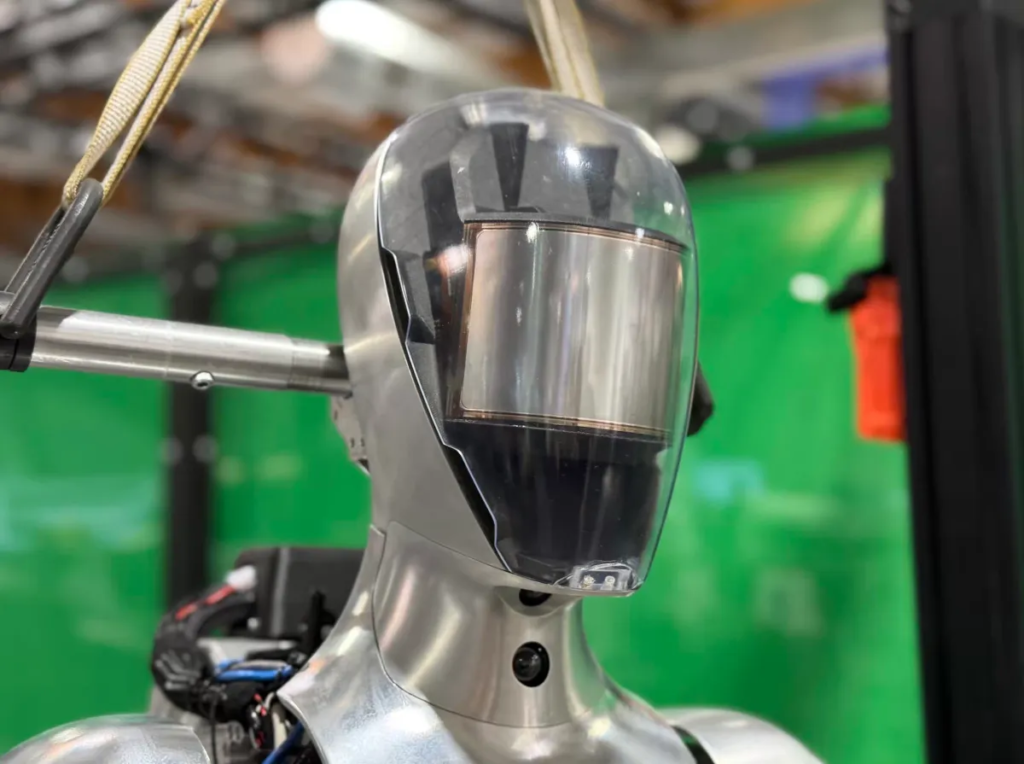Windows 11 is making waves in the music production world with its latest update, bringing the most significant overhaul to MIDI (Musical Instrument Digital Interface) since its inception in 1983. Microsoft has announced that its newest Windows 11 Canary test build includes a public preview of Windows MIDI Services, introducing support for MIDI 2.0 and enabling MIDI 1.0 to run seamlessly on Windows on Arm devices.
This update is a big deal for musicians, producers, and anyone involved in digital music creation. But what does it mean for you? In this article, we’ll break down the significance of MIDI 2.0, explore how this update enhances Windows 11, and discuss what it means for the future of music production.
What is MIDI, and Why Does It Matter?
MIDI, or Musical Instrument Digital Interface, is the backbone of modern music production. Introduced in 1983, MIDI is a protocol that allows electronic musical instruments, computers, and other devices to communicate with each other. It doesn’t transmit actual audio but rather data like note information, velocity, pitch, and control signals, enabling precise control over music creation.
Over the years, MIDI has become an essential tool for musicians, producers, and composers. Whether you’re recording in a professional studio or creating beats on your laptop, MIDI is likely playing a crucial role in your workflow.
The Evolution to MIDI 2.0
While MIDI 1.0 has been the industry standard for decades, it has its limitations. Enter MIDI 2.0, announced in 2019, which brings a host of improvements designed to meet the demands of modern music production.
Key Features of MIDI 2.0:
Bidirectional Communication: Unlike MIDI 1.0, which only allows one-way communication, MIDI 2.0 enables devices to “talk” to each other, creating a more dynamic and interactive experience.
Higher Resolution: MIDI 2.0 offers significantly improved resolution for parameters like velocity and pitch, allowing for more nuanced and expressive performances.
Enhanced Instrument Control: The new protocol supports more detailed control over instruments, making it easier to fine-tune sounds and effects.
Backward Compatibility: MIDI 2.0 is designed to work seamlessly with MIDI 1.0 devices, ensuring a smooth transition for users.
Windows 11 Embraces MIDI 2.0
With the latest Windows 11 Canary build (27788), Microsoft is rolling out a public preview of Windows MIDI Services, marking the first time MIDI 2.0 will be natively supported on a Windows operating system. This update is part of Microsoft’s broader effort to provide a “great experience for musicians” and lay a “strong foundation for future expansion and enhancement.”
What’s New in Windows MIDI Services?

Native MIDI 2.0 Support: Musicians can now take full advantage of MIDI 2.0’s advanced features on Windows 11.
Windows on Arm Compatibility: MIDI 1.0 is now optimized to run on Arm-based devices, expanding the range of hardware that can be used for music production.
Improved Performance: The update promises faster and more reliable MIDI communication, reducing latency and improving overall workflow.
Microsoft has shared detailed technical insights about the update on its blog, offering a deep dive into the improvements and how they benefit users.
Beyond MIDI: Other Exciting Updates in Windows 11 Canary Build
While the MIDI 2.0 update is the star of the show, the latest Windows 11 Canary build includes several other noteworthy features:
- OneDrive Integration
A new one-click feature allows users to seamlessly switch between Windows 11 PCs and iOS or Android devices, ensuring that files are always accessible and up to date. This is a game-changer for productivity, especially for users who work across multiple devices. - Microsoft Store Enhancements
Gamers will appreciate the ability to selectively install individual components for games like Call of Duty and Halo. This feature saves storage space and allows users to customize their gaming experience. - Bug Fixes and Performance Improvements
As with any test build, this update includes a range of bug fixes and optimizations to enhance stability and performance.
Why This Update Matters for Musicians
The introduction of MIDI 2.0 support in Windows 11 is a significant milestone for the music industry. Here’s why:
Future-Proofing Music Production: MIDI 2.0 is the future of digital music communication, and Windows 11 is ensuring that musicians are ready for this evolution.
Enhanced Creativity: With higher resolution and bidirectional communication, musicians can achieve greater expressiveness and precision in their work.
Expanded Hardware Options: Support for Windows on Arm opens up new possibilities for portable and energy-efficient music production setups.
What’s Next for Windows 11 and MIDI?
While the MIDI 2.0 update is currently in the Canary test build, it’s expected to roll out to the general public once testing is complete. Microsoft has emphasized that this update is just the beginning, with plans for further enhancements and expansions in the future.
For musicians and producers, this means staying ahead of the curve and being prepared to embrace the next generation of music technology.
Conclusion: A New Era for Music Production on Windows 11
Windows 11’s MIDI 2.0 update is more than just a technical upgrade—it’s a leap forward for music production. By embracing the latest advancements in MIDI technology, Microsoft is empowering musicians to push the boundaries of creativity and innovation.
Whether you’re a professional producer or a hobbyist, this update promises to enhance your workflow and open up new possibilities for your music. Keep an eye out for the official release, and get ready to experience the future of MIDI on Windows 11.







